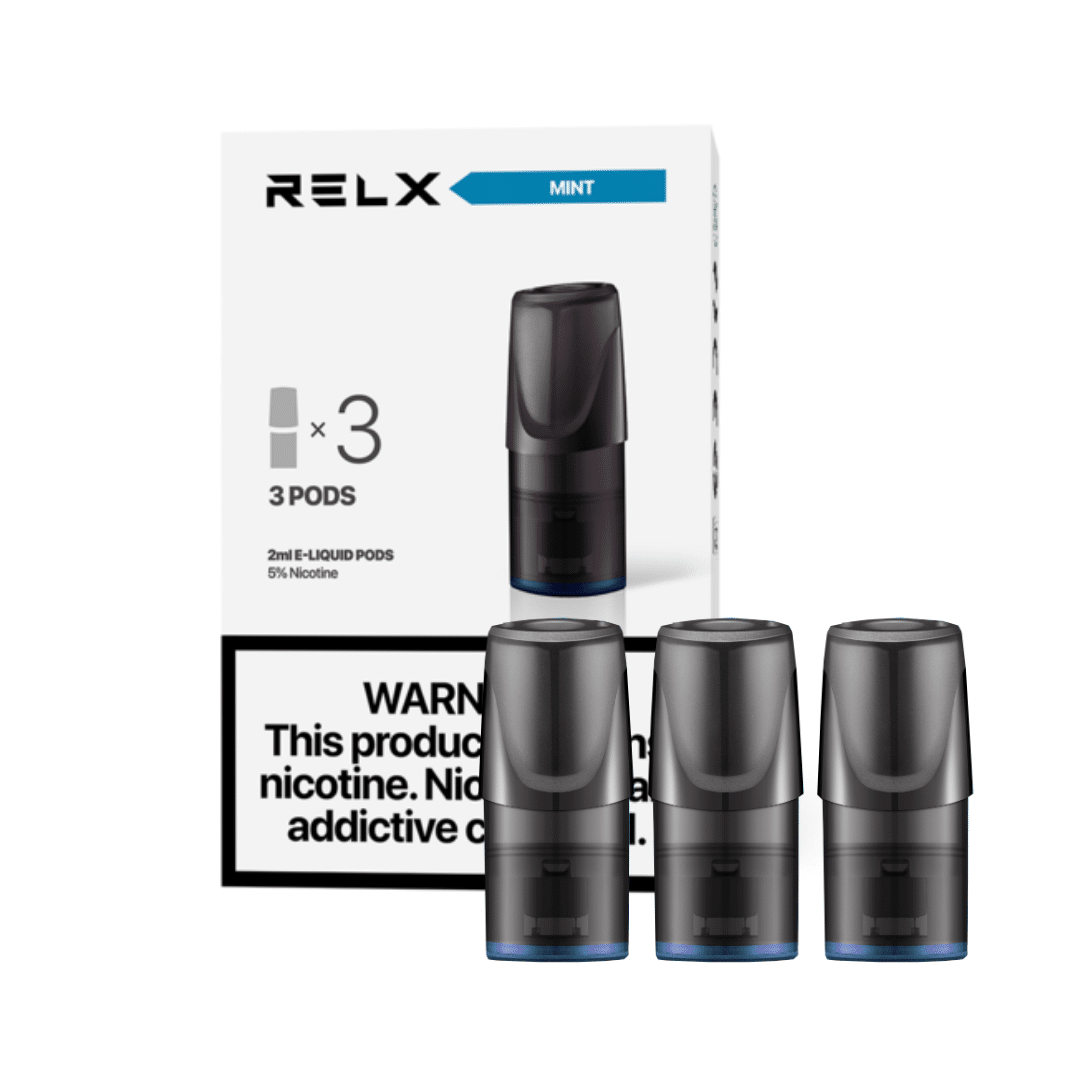Coffee pods are starkly different from other coffee single-serve formats on the US market. But their fine distinction is blurred by the popularity of the Relx Pods-want-to-be, including plastic capsules that fall short of pod characterization. It is the hope of this article to restore the true image of the pod format against the backdrop of presumptuous versions.
The pod technology originated in Italy where automated machines were built for the purpose of producing a 7 gram, or 0.25 ounce, of coffee wrapped in filter paper and shaped in the form of a disk packed into an opaque envelope. Italian ingenuity added a necessary component in the production process to maintain extended freshness in each coffee packet. This process is called nitrogen displacement designed to force out oxygen and moisture, the two enemies of fresh roasted coffee. Both aroma and taste is protected for over a year with nitrogen blanketing. Otherwise, coffee can turn rancid a month after it is roasted if unprotected by inert gas like nitrogen before it reaches the buyer.
Many coffee manufactures adopted the pod form as a better way to deliver freshness-maintained coffee and an easier way to brew one serving without a fuss. A standard called ESE (Easy Serving Espresso) was developed so that espresso machines and pod designs would match with each other. This open system has allowed the pod design to spread throughout Europe and to a certain extent in the US. Today, on the American market, 55% of single cup drinkers prefer the pod over the capsule because of the greater variety available them.
However, with the emergence of the plastic K-cups, a proprietary form for the Keurig single-cup brewing system, these capsules are being marketed as “pods.” So are the latest Keurig Vue cups. There is no resemblance in form and function between a pod and capsule, except that they are both measurements for one cup of coffee.
The following points are a guide to help differentiate benefits of one format versus another. First, an ESE pod is an open system allowing for vast selections of coffee types and pod machines. A capsule is proprietary system with limited choices. Second, Pods are nitrogen displaced to preserve freshness. Capsules are not blanketed with inert gas. Next, Pods have a paper filter that removes cafestol, an LDL cholesterol inducing chemical in coffee. Capsules are not know to have this protection.
What has been unclear in the past is that pods can be brewed with high pressure pump system. Under greater force of water, it is possible to extract more of the good coffee oils. K-cups are brewed under low pressure, thus can leave significant coffee nectar behind.


